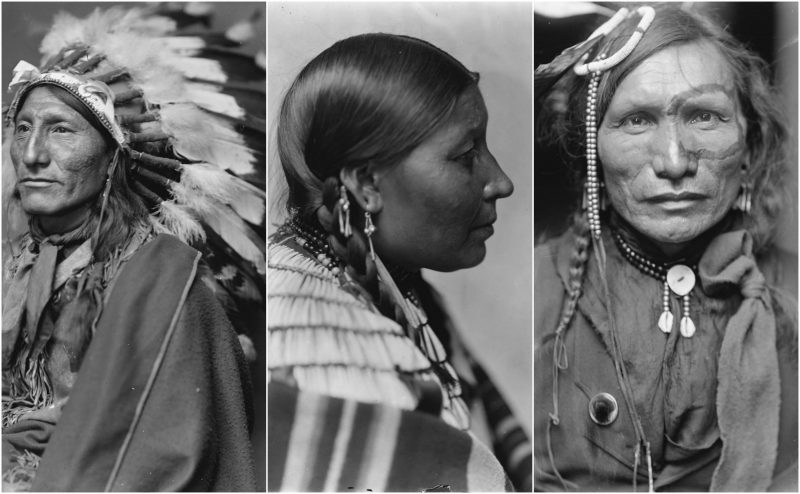William “Buffalo Bill” Cody launched his Wild West Show in 1883, and it ran for thirty years.
His traveling show consisted of hundreds of horses, buffalo, deer, elk, cattle, donkeys, mules, twenty-five cowboys, around a dozen cowgirls and over one hundred Native American performers.
Due to the shows usually portraying Native Americans as the aggressor in re-enactments, many saw them as degrading.
In fact, the Native Americans who participated in the show lived better lives than if they had stayed on the reservation.
While many Native Americans were being forced to abandon their own beliefs, Cody’s shows became lessons about Native culture. Tribal costumes, which were forbidden on the reservations, were celebrated on the show.
Tribal dances, an art that was being lost due to Native assimilation into white culture, were demonstrated and encouraged.
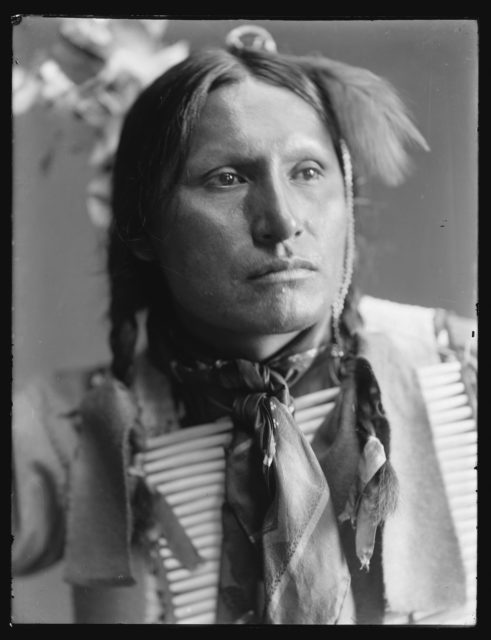
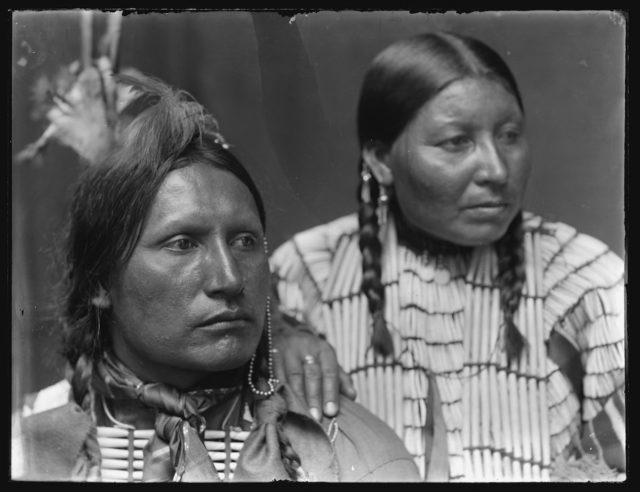
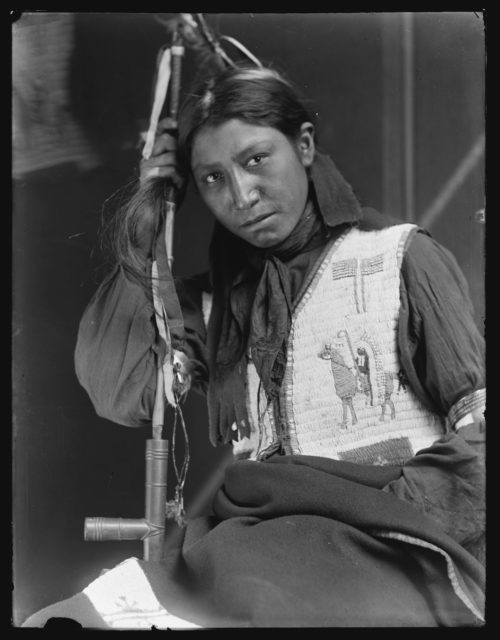
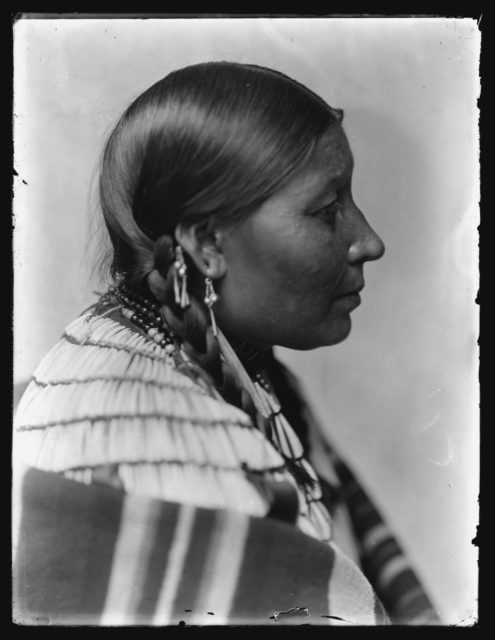
During the months they were on tour, the Native Americans lived in authentic tipis and were free to come and go as they pleased. Many of the high ranking Native Americans chose to visit local schools to speak to the students about Native culture, spreading facts to places that would normally receive such information from textbooks written by white men who knew nothing of their subjects and their values.
Cody provided interpreters for the Native Americans who did not understand English instead of forcing them to learn.
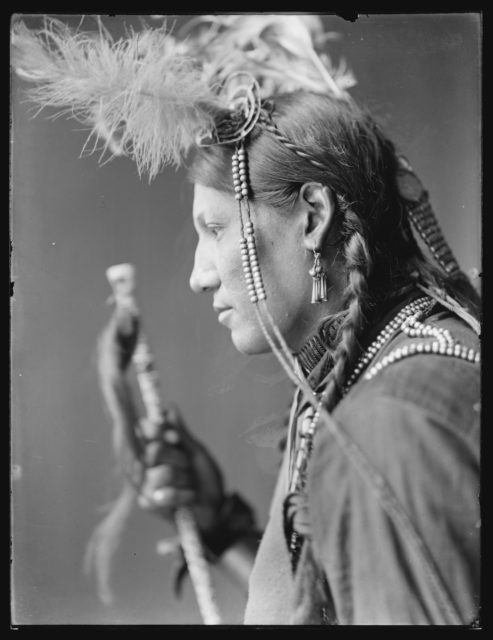
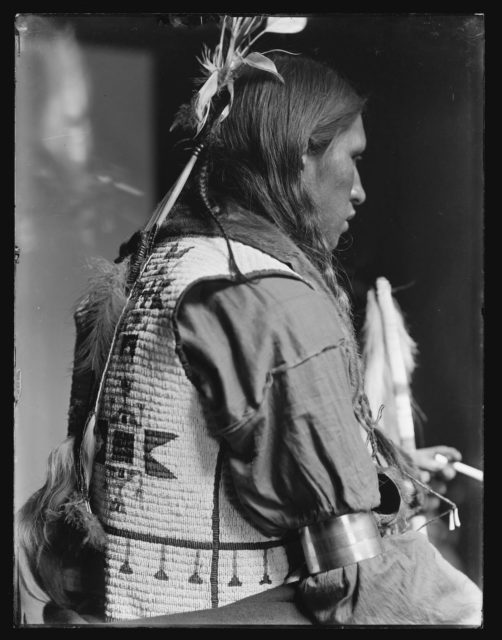
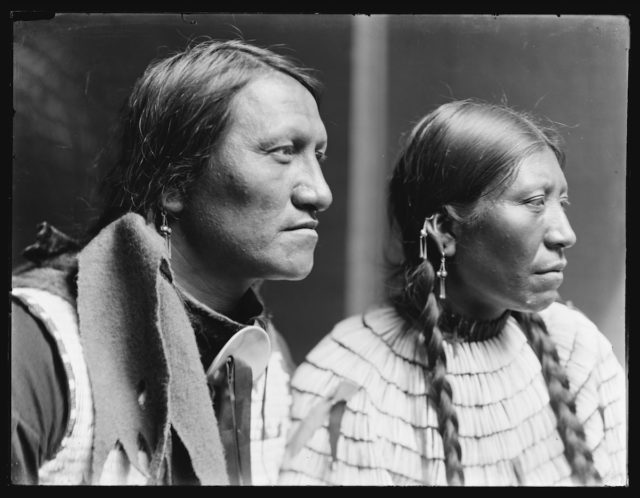
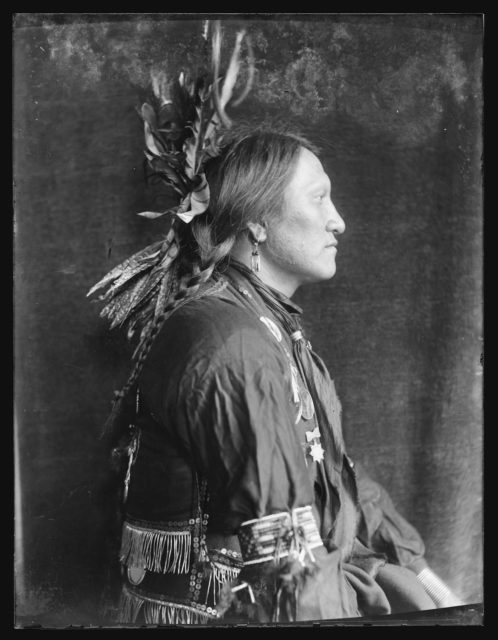
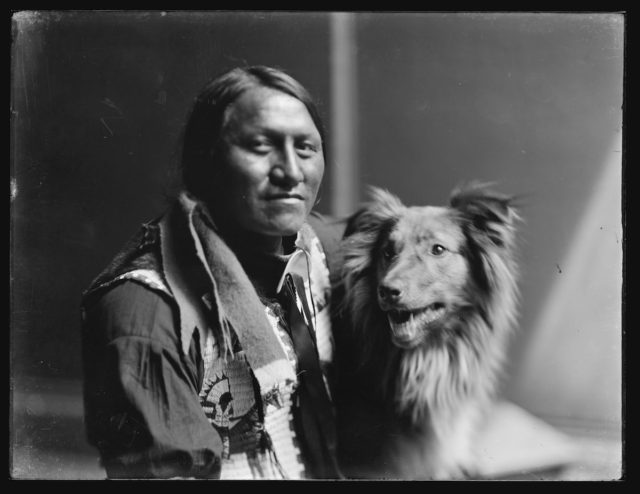
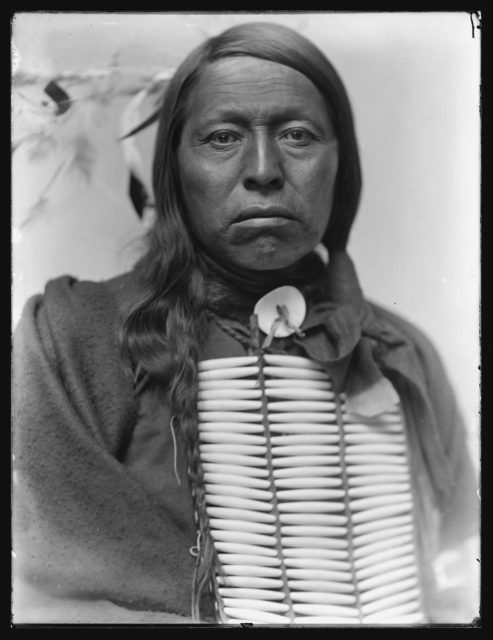
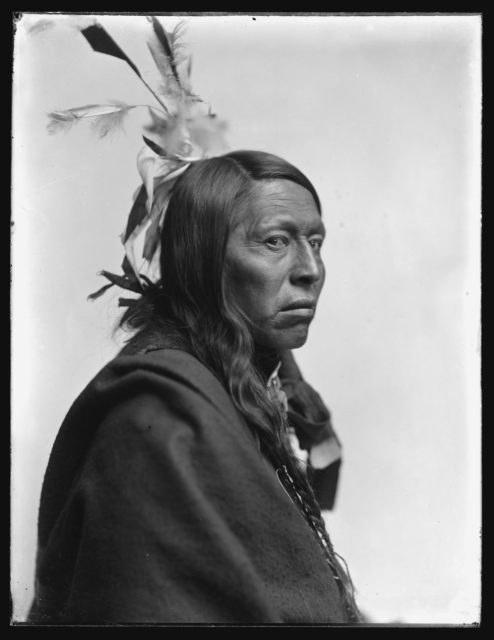
He also hired a police force of elder Natives who were paid more than the average performer to make sure everyone was obeying the rules and respectful to their hosts.
Cody paid his troupe very well. His white performers and Native performers made the same amount.
Transportation was provided to all as well as good meals three times a day, and the Native American women were paid extra for bringing along their children.
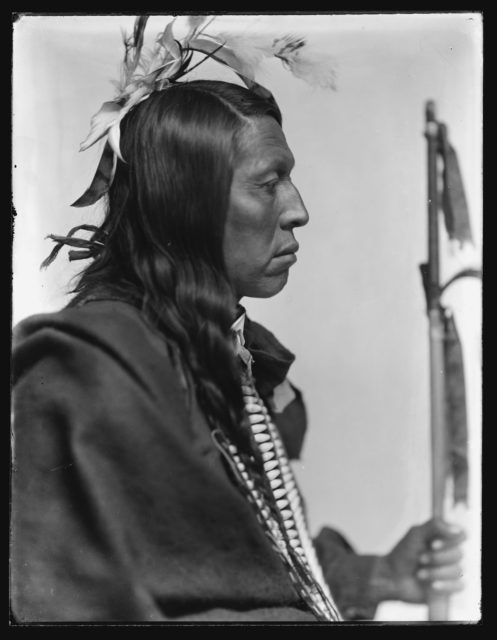
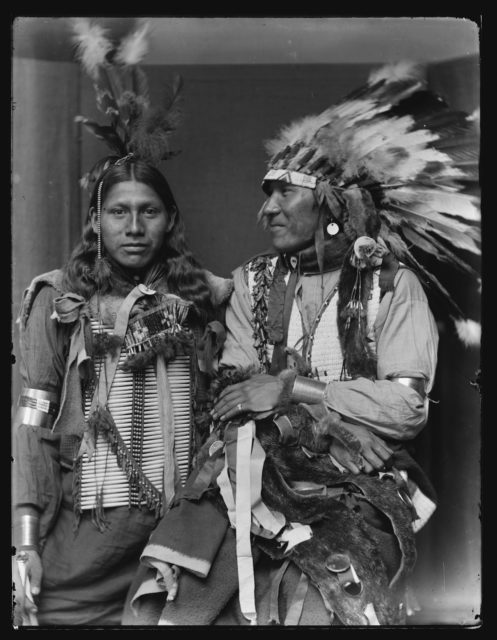
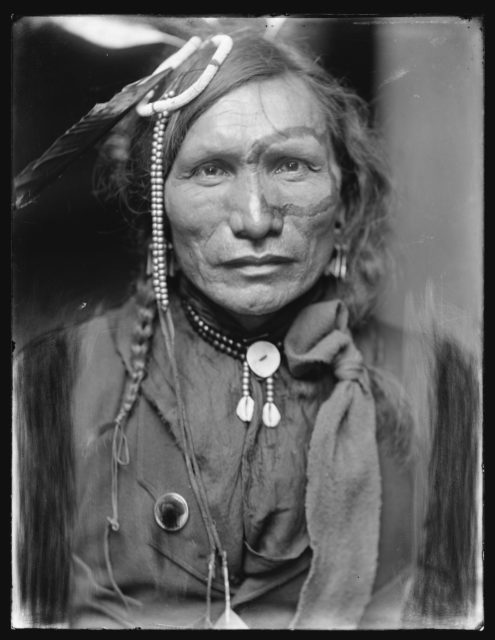
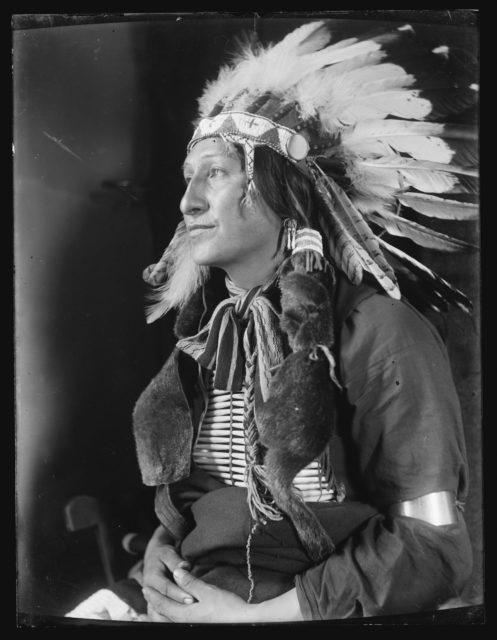
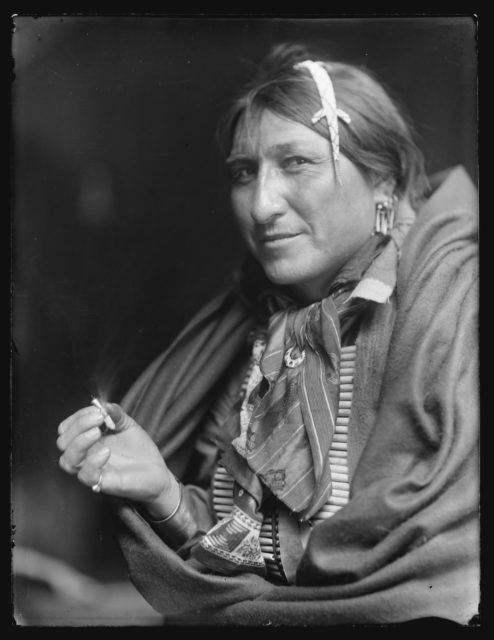
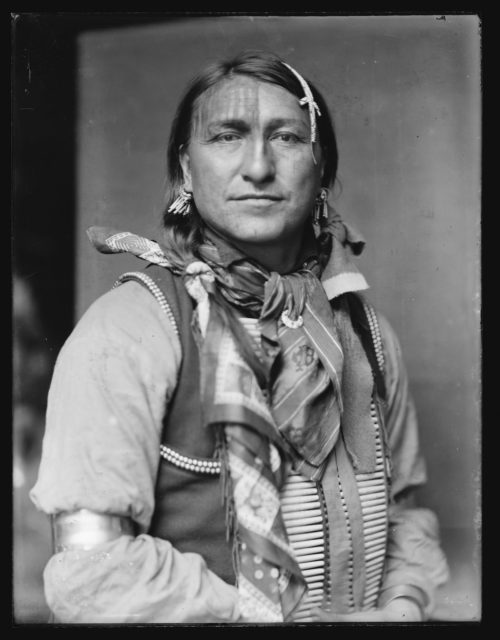
At the end of each season, Cody paid bonus wages and bestowed gifts of food and clothing on all of his performers. Native women were also permitted to make some money on the side by selling handcrafted souvenirs.
This allowed the performers to not only live well while on tour, but to send money home to help other members of the tribe.
Continue to page 2
Native Americans were treated as Native Americans and were free from having to interact with the well-intentioned but narrow-minded missionaries, politicians and Indian agents.
Some of the performers included Oglala Lakota Chief American Horse and his wife, who traveled with Cody during the 1886-7 season, replacing current headliner Sitting Bull.
He was a major proponent of education for Native Americans and promoted friendship between his people and white Americans. Chief Flying Hawk, a Native teacher, often visited local white schools teaching Native philosophies and Lakota history.
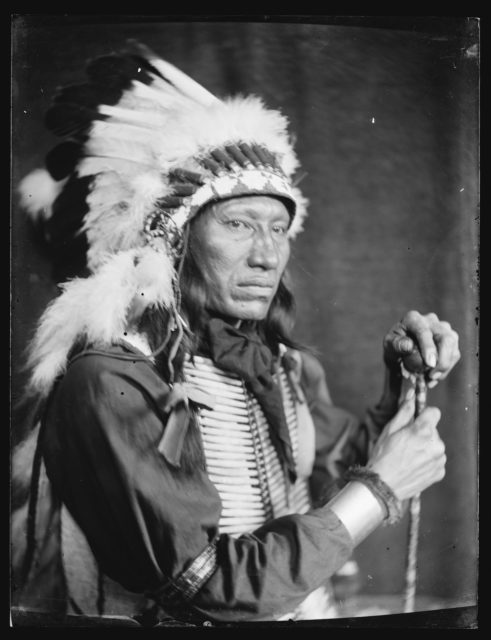
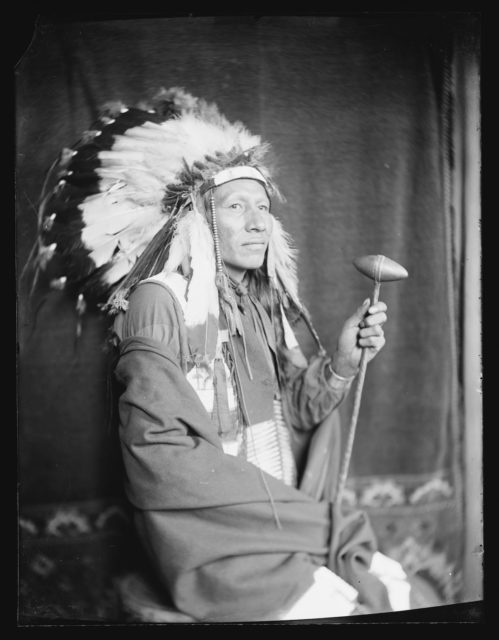
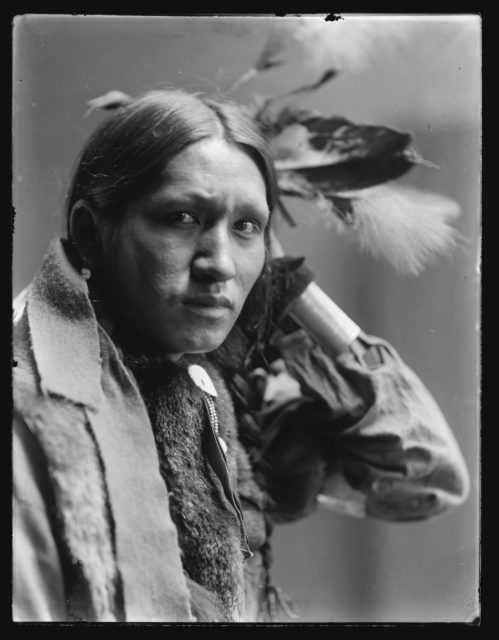
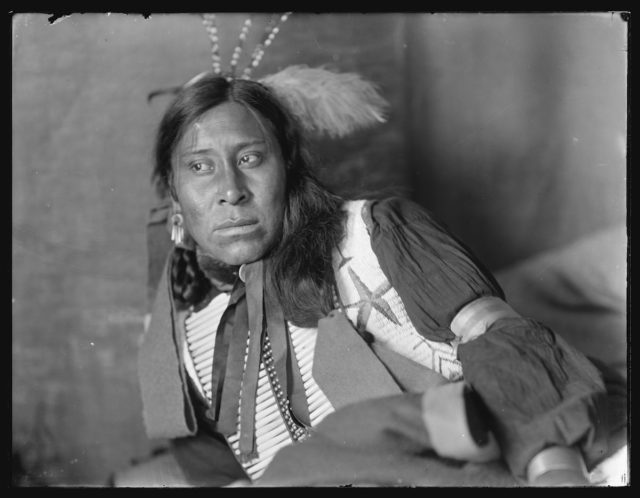
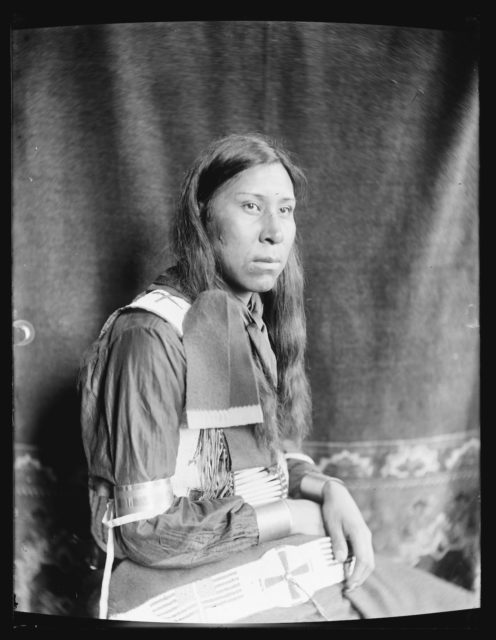
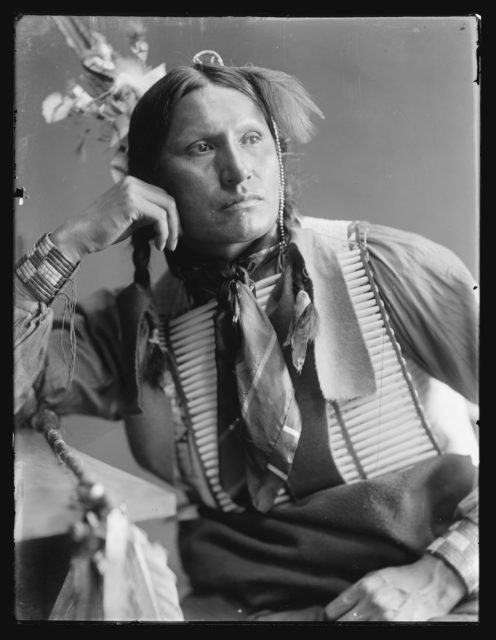
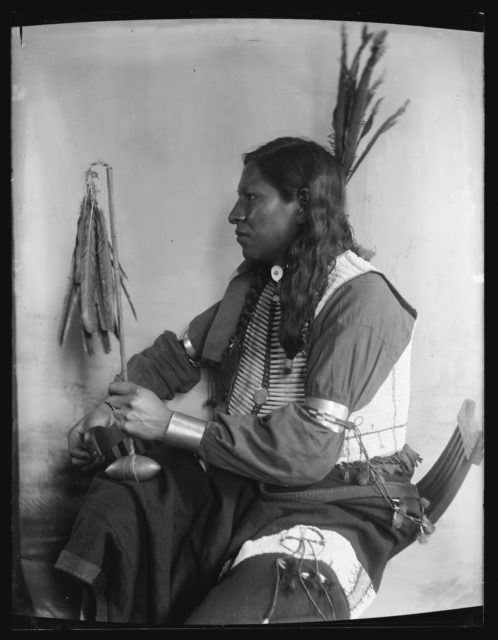
He stayed with the Wild West show for over thirty years. While Lakota Natives were the primary performers, Sioux performers were also included, and performers such as Iron White Man, Joe Black Fox and Kills Close to the Lodge were free to openly discuss and educate about Sioux culture and history.
In 1887, Chiefs Blue Horse, American Horse, and Red Shirt along with their wives and children traveled to England to meet Queen Victoria during her Golden Jubilee celebration.
This was the first European tour for the Wild West Show.
They were given the opportunity to show Europeans the true culture of the American Indian.
They traveled throughout England for over five months educating British children and their families.
In 1898, photographer Gertrude Käsebier attended a Wild West parade in New York City and requested permission to photograph the Natives in the show.
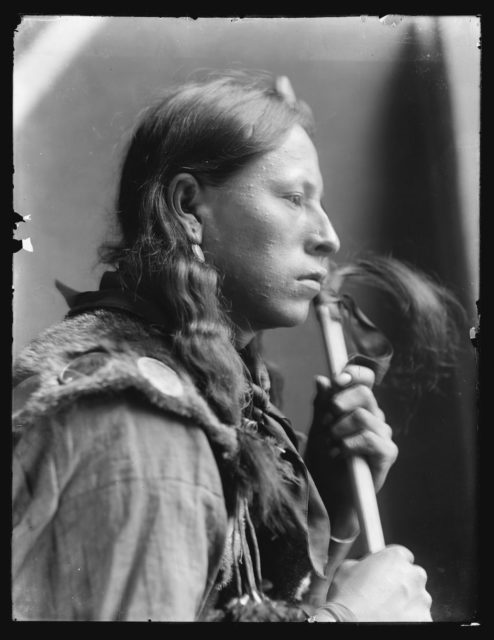
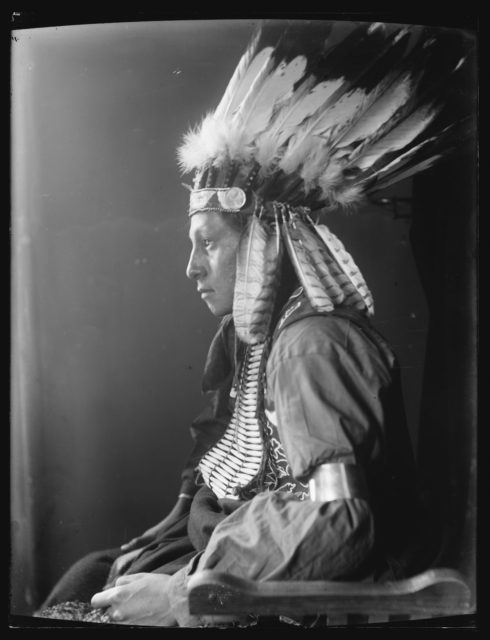
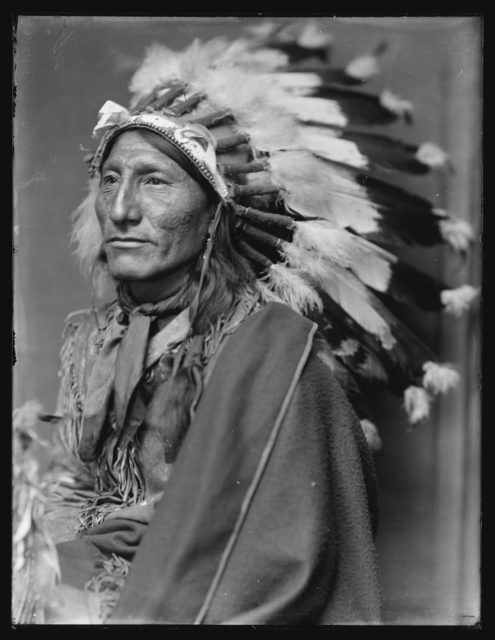
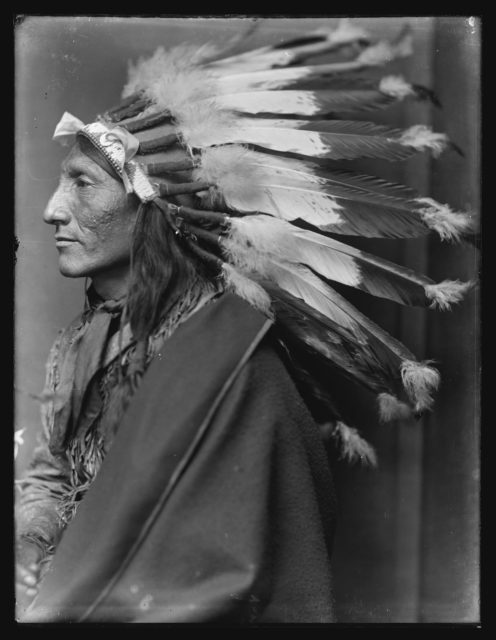
Cody immediately granted her request and studio photographs were made of the Native participants on April 14.
The photographs were thoughtful and enlightening as they showed the performers in traditional garb and makeup in tranquil poses.
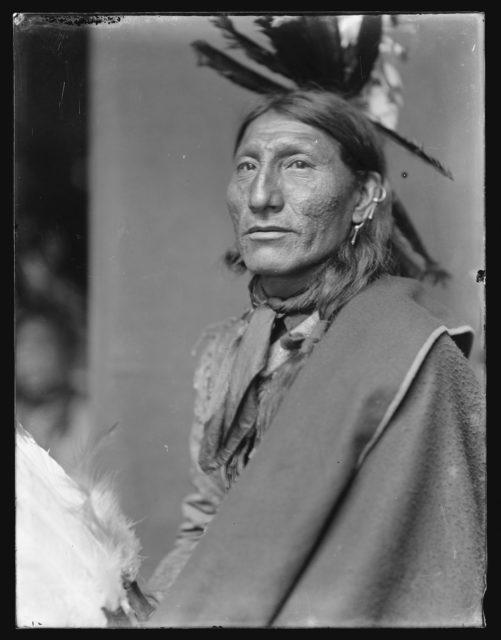
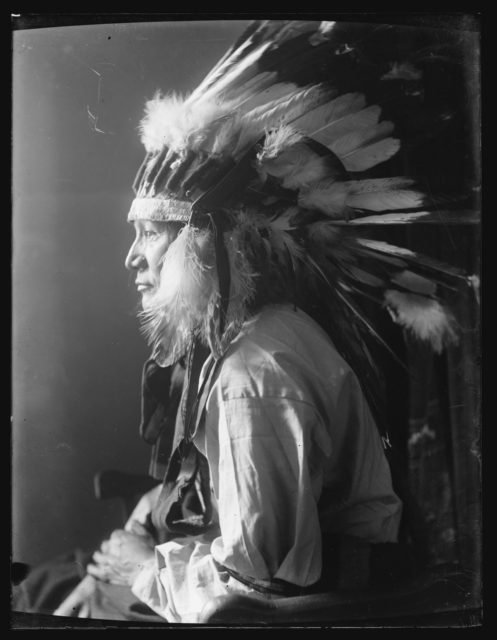
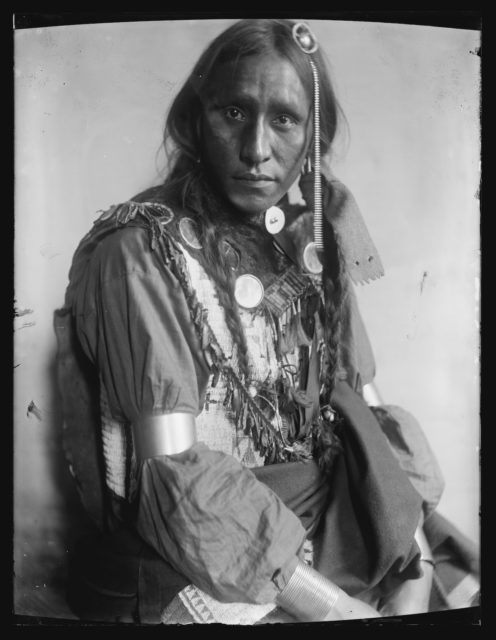
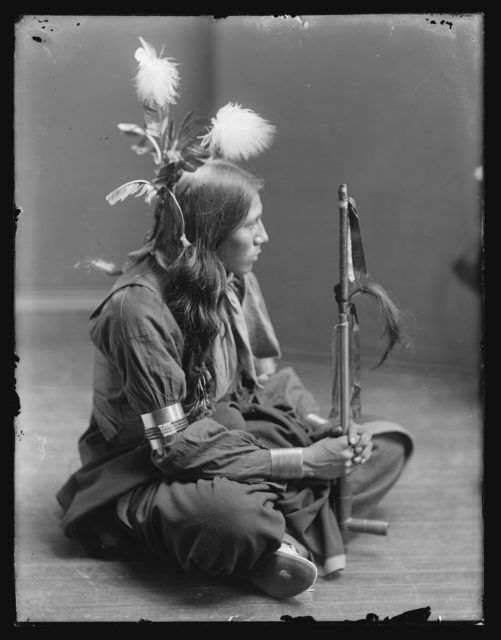
They show the intelligence and beauty of the Natives and became very popular in the United States, even though they were never used for advertising purposes and never appeared in the Wild West printed programs.
Today the photos are being preserved at the National Museum of American History’s Photographic History Collection at the Smithsonian Institution and can be seen there as well as online.
